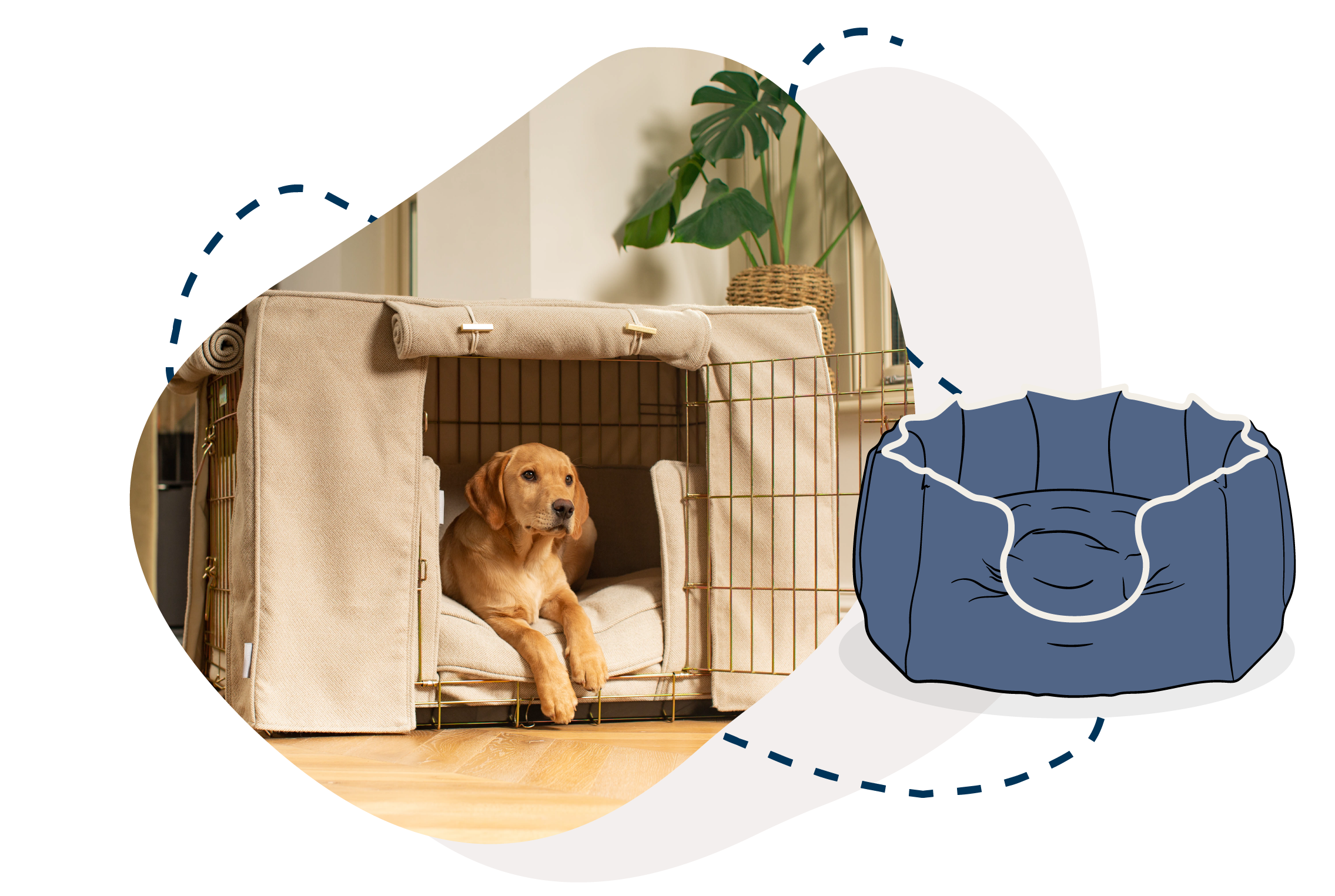
Outdoor Safety For Puppies
Welcoming a new puppy into your home is such an exciting time, filled with playful moments and new experiences. However, we know as a new puppy owner you probably have a lot of questions about how to keep your puppy safe and healthy. One of the most frequently asked questions by new puppy owners is about the right time to let their puppies explore the garden or go outside. In this guide, our Pet Experts have given their advice on when the right time is to start letting your puppy go outside and take them on walks. Can I Let My Puppy in the Garden Before Vaccinations? One of the critical aspects of outdoor safety for puppies revolves around vaccinations. A common question many new puppy owners ask is, "Can I let my puppy in the garden before vaccinations?" In the UK, vets generally advise that puppies should not be exposed to public outdoor spaces until they have completed their vaccination course. However, allowing your puppy to explore your private garden is usually encouraged, it will help with their toilet training routine and will start to get them used to being outdoors. Factors to Consider Before Letting Your Puppy In The Garden Cleanliness of the Garden: Ensure that your garden is free from faeces of other animals, which can harbour harmful pathogens. Controlled Environment: A private garden can be a controlled environment where you can monitor your puppy's activities closely. Avoid areas frequented by other dogs. Partial Vaccination: After the first vaccination, it might be safer to let your puppy explore the garden, but always consult with your vet. When Can Puppies Go Outside? Understanding the appropriate time when puppies can go outside is crucial for their health and safety. Typically, puppies can go outside in public spaces after their vaccination schedule is complete, which is usually around 12-16 weeks of age. Key Milestones for Outdoor Activities 8 Weeks Old: Puppies receive their first round of vaccinations. Limited exposure to your private garden is usually safe under supervision. 10-12 Weeks Old: The second round of vaccinations occurs. Consult with your vet to determine if limited outdoor exploration can be extended. 16 Weeks Old: By this age, puppies have usually completed their vaccination course and can safely explore public spaces. When Can Puppies Go Out for Walks? Taking your puppy out for walks is essential for their socialisation and physical health. However, it's vital to ensure they are fully vaccinated before introducing them to public parks or streets. Safe Walking Practices Vaccination Check: Confirm with your vet that your puppy has received all necessary vaccinations. Lead Training: Begin lead training at home and in the garden as soon as your puppy comes home, it’s a really key part of their learning and will make their first walk in wide world a little less daunting. Short Walks: Start with short walks to avoid overwhelming your puppy and gradually increase the duration. Usually it’s recommended that your puppy has 1-2 walks a day for 5 minutes per month of age, e.g at 4 months old this would be around 20 minutes per walk. It’s important to keep their walks low impact whilst they are their bones and joints still developing. Get all your puppy walk essentials here at Lords & Labradors, we spend lots of time hand picking and curating the best essentials for your puppy. How To Gradually Introduce Your Puppy To The Outdoors Socialisation: Introduce your puppy to different sounds, smells, and sights gradually. Positive Reinforcement: Use treats and praise to make outdoor experiences positive. Safe Environment: Choose safe, clean areas for initial outdoor adventures. Importance of Socialisation For Puppies Young puppies brains are like sponges so getting them used to as many experiences as early as possible will be so beneficial to their development. Meeting Other Dogs: Socialising with other vaccinated dogs in a controlled environment is crucial to your dog’s socialisation. Exposure to Environments: Gradual exposure helps puppies become well-adjusted adult dogs. Meeting Other People: Getting them used to meeting new people and learning to settle around difference people will be so beneficial to your puppy. Enhanced Safety Measures For Your Puppy Sanitised Area: Keep the garden area sanitised and clean. Limit Interaction: Limit your puppy’s interaction with other animals until fully vaccinated. Final Thoughts Ensuring your puppy's safety outdoors requires careful planning and adherence to vaccination schedules. While the garden can be a great place for early exploration, full outdoor adventures should wait until vaccinations are complete. Always consult your vet to tailor a safe outdoor plan for your puppy, ensuring a healthy and happy start to their life. Remember, patience and caution in the early months will set the foundation for a lifetime of safe and joyful outdoor experiences for your beloved pet. Lords & Labradors was starting after our founder, Johanna an experienced puppy breeder, was struggling to find high-quality puppy essentials all in one place. Now we stock luxury products handpicked just for your puppy, explore our puppy emporium and make your puppies dreams come true today.

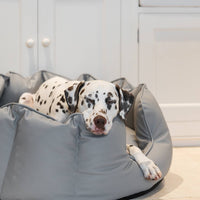

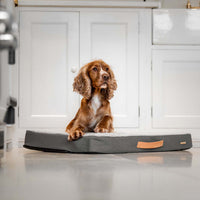

















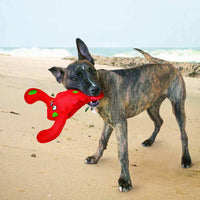
































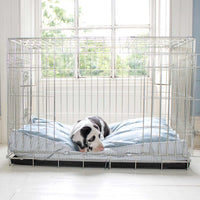

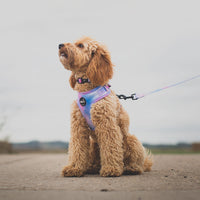








![[color:grey]](http://www.lordsandlabradors.co.uk/cdn/shop/products/GMW-1612-v1-G-lords-and-labradors-grey-wooden-sliding-dog-crate-front-open-studio.jpg?v=1680080337&width=533)
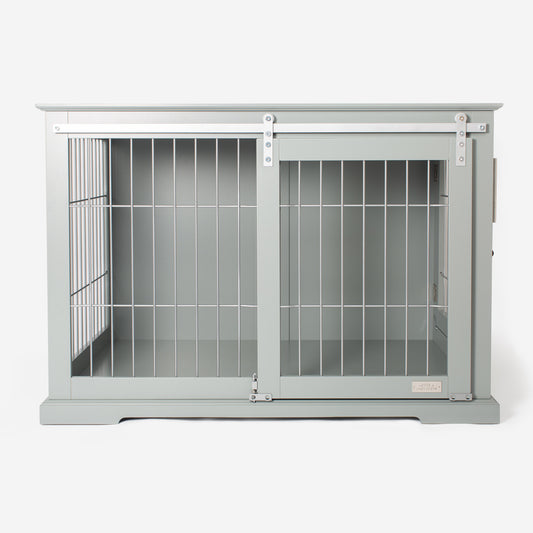


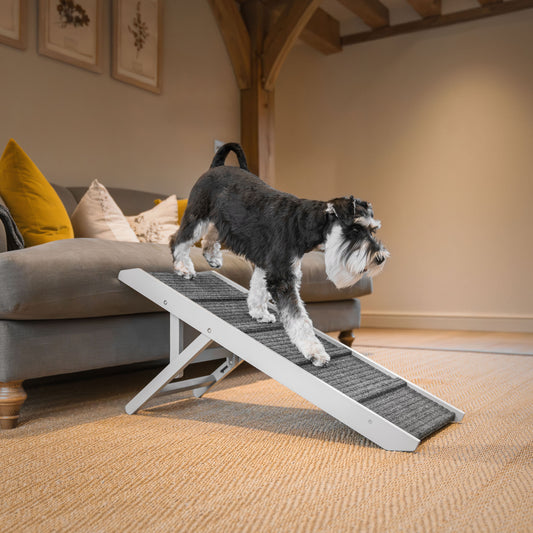
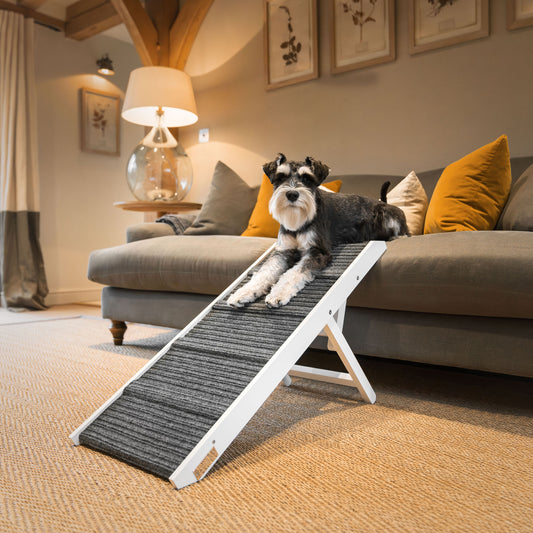




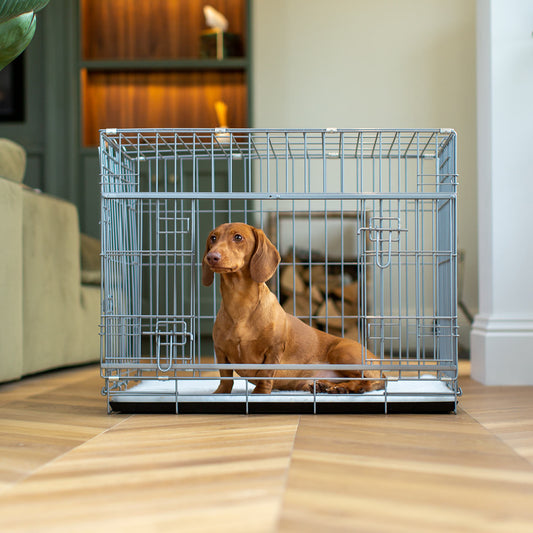
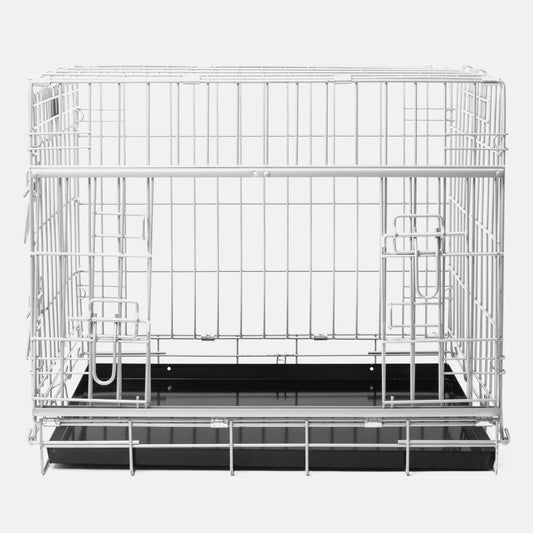

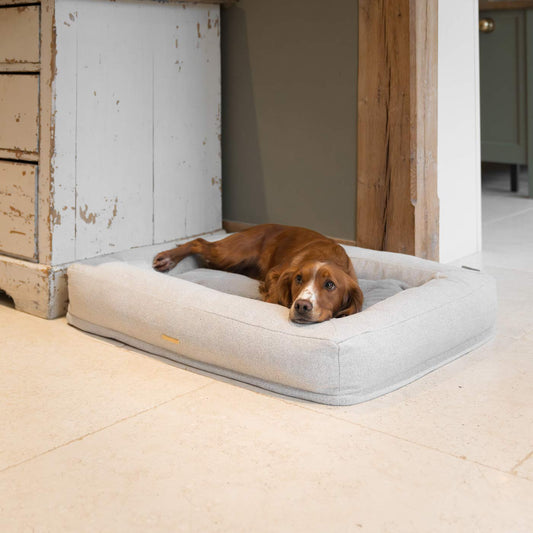
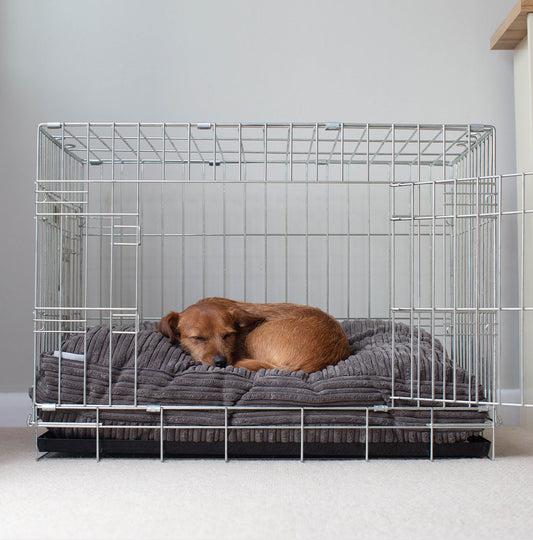
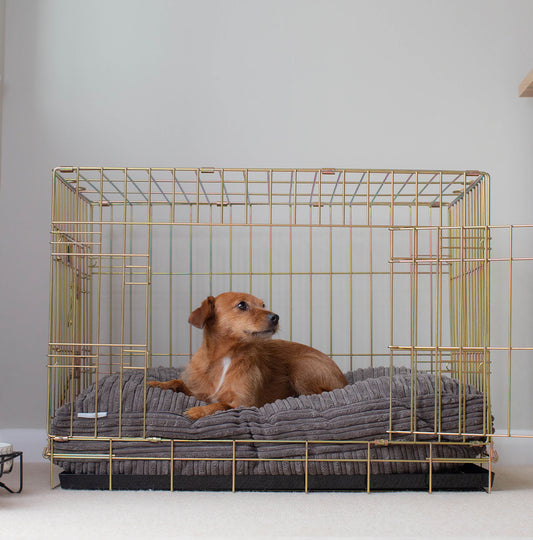
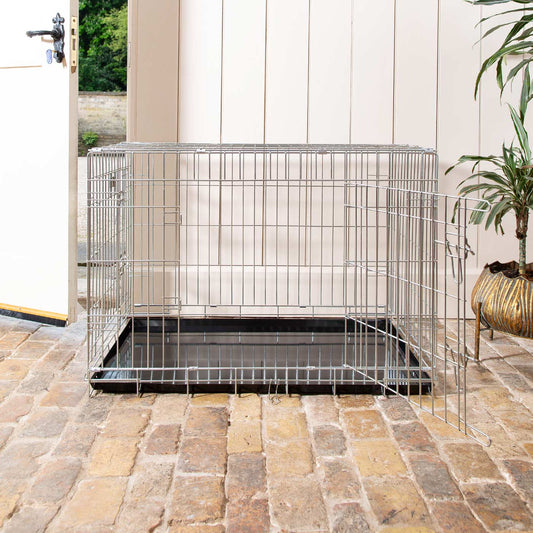
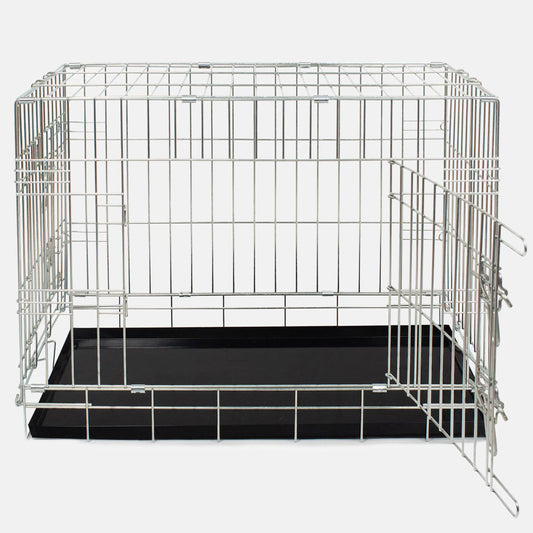
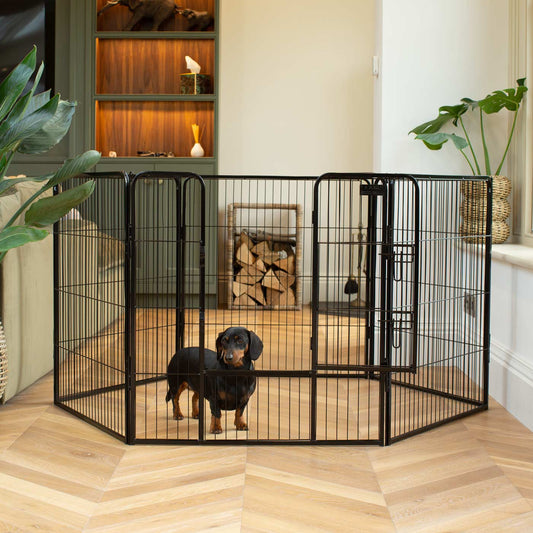
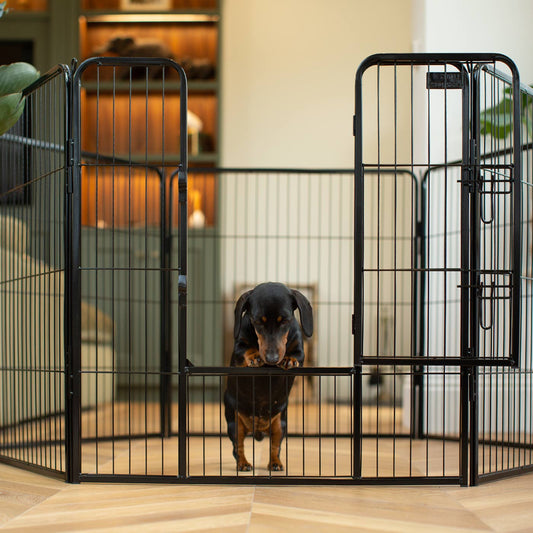
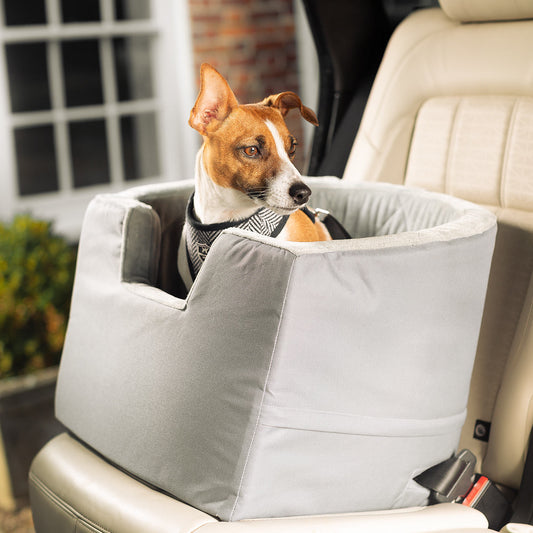

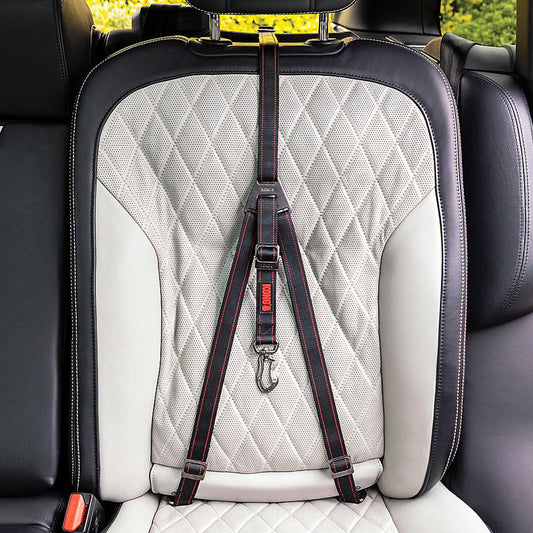

![[color:grey]](http://www.lordsandlabradors.co.uk/cdn/shop/products/dexas-mudbuster-grey-lifestyle.jpg?v=1636543411&width=533)


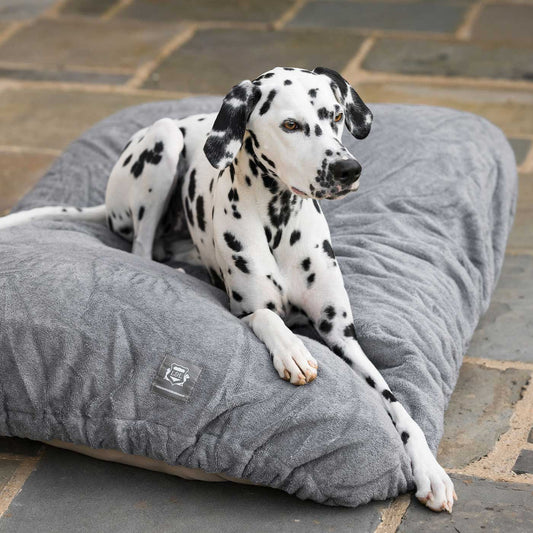


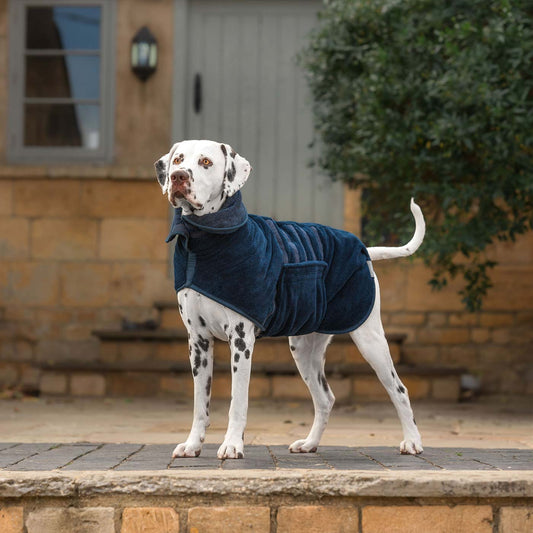









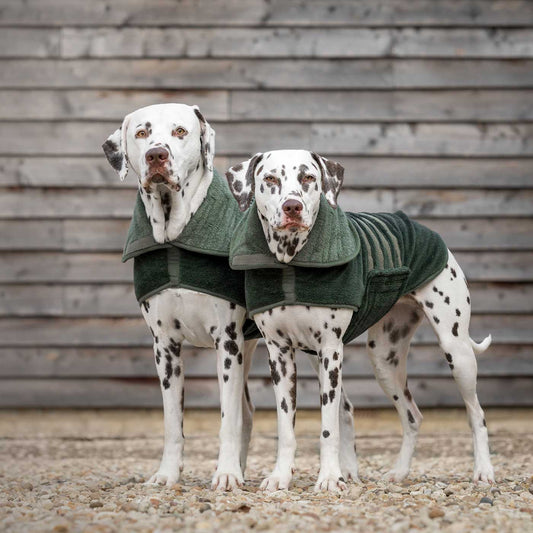
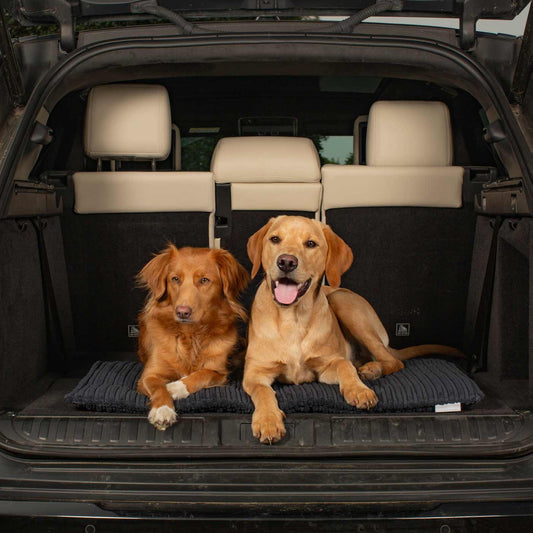
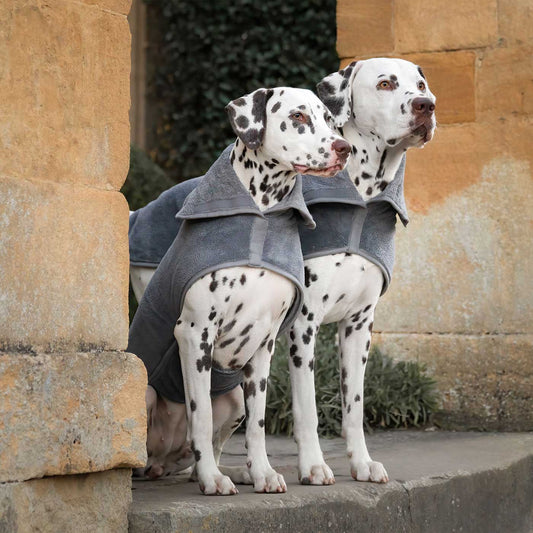

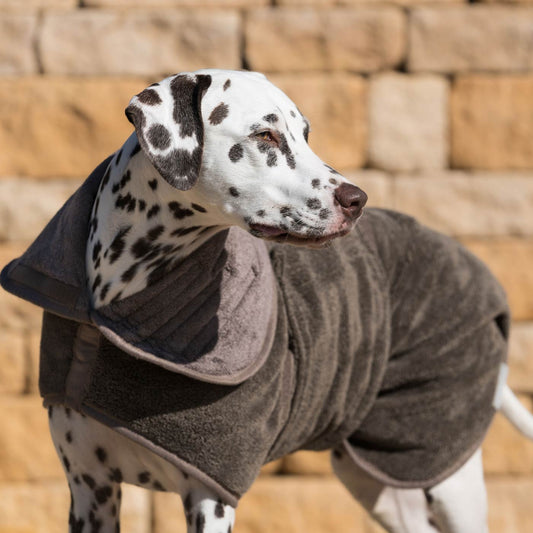

.jpg?v=1717592589808&options=)





